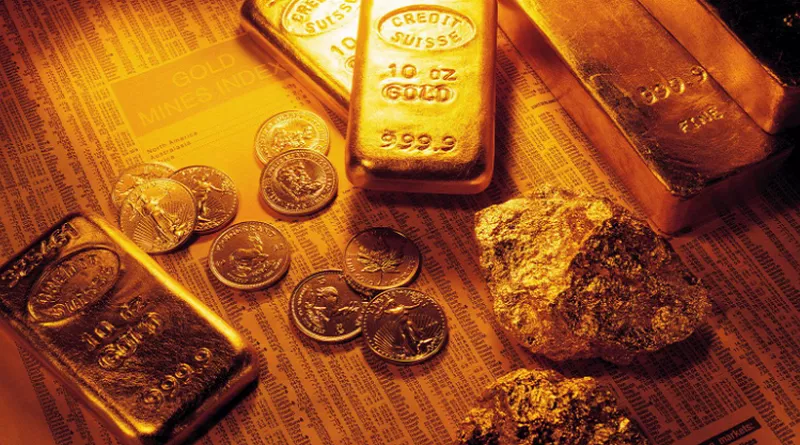The year 2008 will forever be etched in the annals of financial history as one of the most turbulent and economically challenging periods. It was a time when the global financial crisis unfolded, leading to a severe recession and a profound impact on various asset classes, including precious metals like gold. In this article, we delve into the price of gold in 2008, exploring its historical significance, market dynamics, and the factors that influenced its value during that tumultuous year.
Gold’s Historical Significance:
Gold has long held a prominent place in human history, revered for its rarity, beauty, and intrinsic value. From ancient civilizations to modern times, it has been a symbol of wealth and stability. The price of gold has often been an indicator of economic health, serving as a safe haven during times of uncertainty.
The Economic Climate in 2008:
The year 2008 witnessed the bursting of the United States housing bubble, leading to a widespread collapse in the subprime mortgage market. The resultant financial crisis engulfed the global economy, triggering a series of events that sent shockwaves throughout financial markets worldwide. Banks faced insolvency, stock markets plunged, and economies entered recession.
Gold’s Performance in 2008:
As investors sought refuge from the storm of economic uncertainty, gold emerged as a safe haven asset. In 2008, gold prices experienced significant volatility, as is typical during times of crisis. However, the overall trend was one of appreciation, driven by the flight to quality and a loss of confidence in traditional financial assets.
Price Fluctuations and Historical Highs:
At the beginning of 2008, the price of gold stood at approximately $838 per ounce. As the financial crisis deepened, gold prices fluctuated wildly. By March, gold had reached a high of around $1,032 per ounce, as investors sought shelter from the deteriorating economic conditions. However, as the crisis intensified, gold faced downward pressure due to a liquidity crunch and margin calls, resulting in a temporary dip to around $700 per ounce in October.
The Role of Central Banks:
Central banks played a crucial role in stabilizing the financial system during the crisis. Several central banks, including the U.S. Federal Reserve, implemented monetary easing measures, such as lowering interest rates and implementing quantitative easing. These actions aimed to stimulate economic growth and restore confidence in the markets, but they also increased the risk of inflation, which further bolstered the appeal of gold as an inflation hedge.
Factors Influencing Gold’s Price:
Several factors influenced the price of gold in 2008. The primary drivers were economic uncertainty, currency fluctuations, and investor sentiment. Additionally, geopolitical tensions and the fear of systemic collapse amplified the demand for gold. These factors combined to create an environment where gold prices were pushed to record highs, despite occasional pullbacks.
The Impact of the Financial Crisis:
The financial crisis of 2008 had far-reaching implications for global economies, industries, and individuals. Governments worldwide implemented extensive monetary and fiscal measures to mitigate the fallout from the crisis. As a result, gold prices eventually rebounded, closing the year around $865 per ounce, a modest gain compared to the beginning of the year.
Conclusion:
The price of gold in 2008 was a reflection of the severe economic turmoil and widespread uncertainty that gripped the world during the financial crisis. While gold experienced significant volatility throughout the year, it ultimately proved its resilience as a safe haven asset. Investors sought the stability and value preservation that gold has long been associated with, driving its price higher during times of crisis. The events of 2008 serve as a reminder of the enduring appeal and historical significance of gold in times of economic distress.


